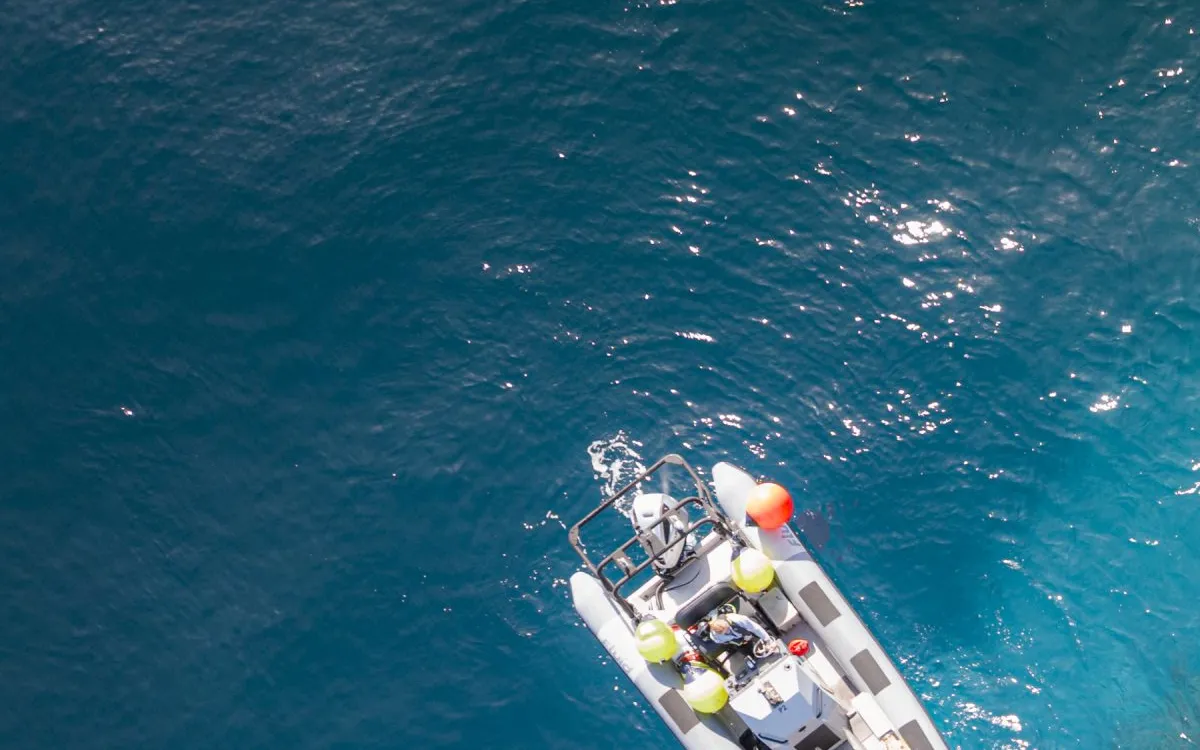
Last week, SpaceX achieved a significant milestone with the launch of its historic Fram2 mission to the polar orbit. This groundbreaking mission was not only a technological feat but also a remarkable moment in human space exploration. A researcher at the German Antarctic research station Neumayer III captured the moment as the Crew Dragon spacecraft soared through the sky, illuminated by a stunning aurora.
The Fram2 mission holds the distinction of being the first crewed spaceflight in history to orbit the Earth at its poles. This mission aimed to conduct essential scientific research focused on long-duration human spaceflight missions. During their three days in orbit, the dedicated crew gathered valuable data, which will contribute to future explorations beyond Earth.
The crew successfully splashed down in the Pacific Ocean on Friday, marking several historical achievements. This splashdown not only concluded the first successful human spaceflight mission to the Earth’s polar regions but also represented the first time SpaceX recovered a Crew Dragon spacecraft from the West Coast. Traditionally, SpaceX favors the East Coast for splashdowns due to its proximity to NASA's Kennedy Space Center, where astronauts typically undergo post-flight procedures.
Another remarkable aspect of the Fram2 mission was the astronauts' ability to exit the Crew Dragon without assistance from SpaceX's recovery teams. This self-exit procedure is a crucial step in understanding the effects of short-term spaceflight on the human body, especially compared to astronauts who spend extended periods aboard the International Space Station (ISS) and require external recovery support due to physiological changes.
To successfully execute the Fram2 mission, SpaceX implemented several critical updates to its ship software and the Falcon 9 launch profile. These modifications included adjusting the ship's software to ensure a safe splashdown in case of a post-launch emergency abort, as well as a shortened boostback burn for the Falcon 9 rocket, tailored to the mission's unique launch trajectory.
While the Fram2 crew was in orbit, their journey was documented by a researcher at the Neumayer III station, who shared stunning images on Instagram. In these photos, the Crew Dragon is depicted as a bright streak of light against the backdrop of the aurora. The first two images showcase the spacecraft during its ascent and zenith, while the third captures its descent as a thin vertical line on the horizon.
The Fram2 launch marked SpaceX's 50th Dragon mission, with the astronauts on board participating in the ship's 17th crewed mission overall. Among the crew was polar film producer Jannicke Mikkelsen, who plans to release visuals of her voyage soon, further enriching the narrative of this historic mission.
In summary, SpaceX's Fram2 mission has set a new benchmark in human space exploration, showcasing the potential for future missions to the polar regions and beyond. With innovative technology and a commitment to scientific research, SpaceX is paving the way for the next generation of space travel.